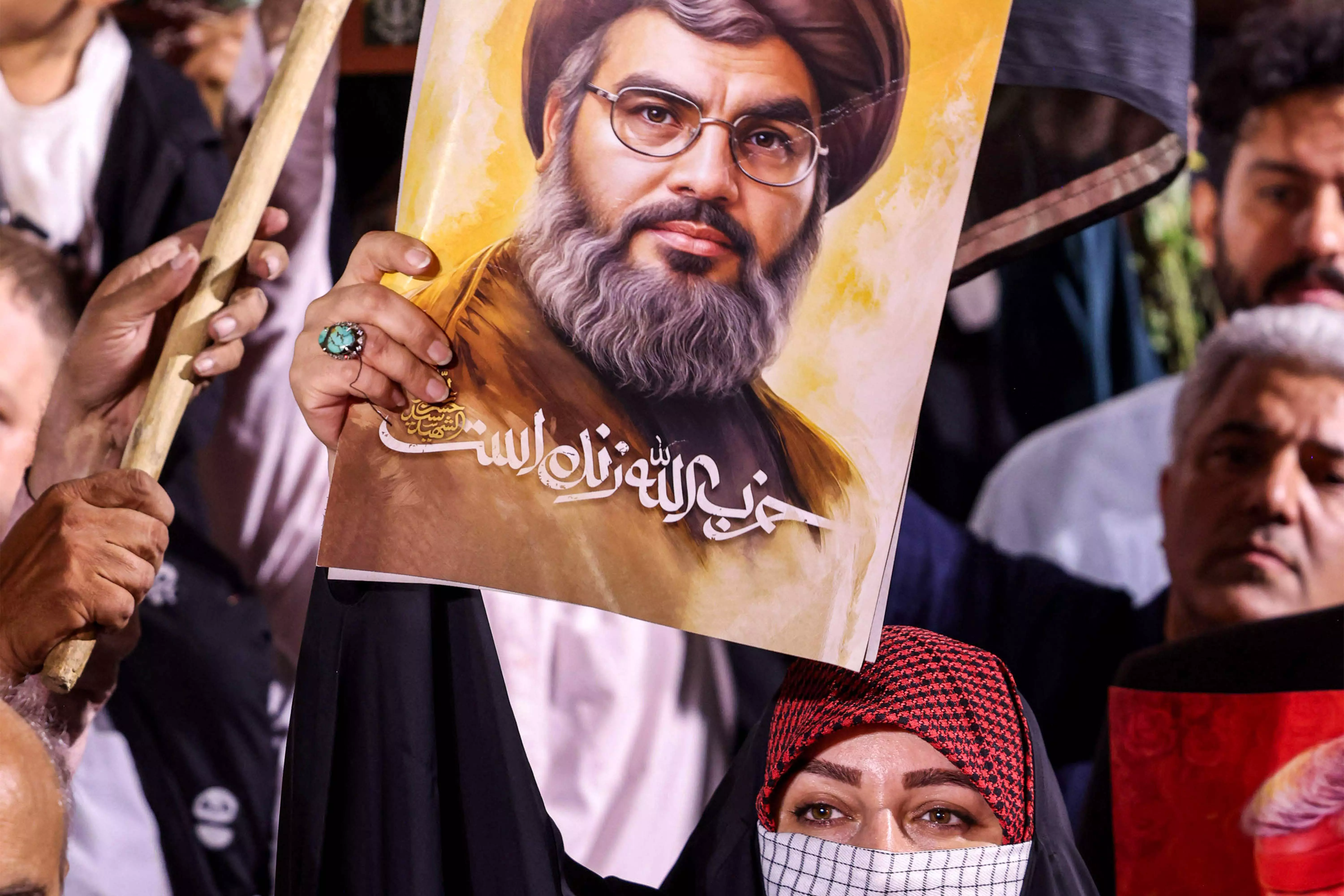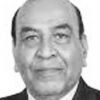Syed Ata Hasnain | Will Nasrallah’s killing shift Middle East war dynamics?

The notion -- the “King is dead, long live the King” -- may apply to monarchies and their continuity. But in the murky world of hybrid war, where terror is at the core of the doctrine, the leader of the terrorist pack is much more than a king. In military terms, the longer he survives the greater the propensity of his becoming the centre of gravity of the movement. His neutralisation doesn’t automatically lead to his overnight replacement and a return to the same effectiveness and efficiency. Hassan Nasrullah was just that for Hezbollah, exactly how Osama bin Laden was for Al Qaeda or Saddam Hussein for Iraq’s Baathist party. OBL’s killing did not lead to Ayman al Zawahiri becoming a cult figure and Saddam could never be replaced. Therefore, in most such campaigns, the adversaries of such forces aim to target the leader with the intent of largely neutralising effectiveness of that organisation and delay its potential return (if at all) to its erstwhile status.
Hassan Nasrullah was the centre of gravity that Israel identified in the armour of Hezbollah. Israel knew Nasrullah was a deeply protected man, a phantom-like figure, with very few people having any knowledge of his whereabouts. However, since Hamas leader Ismail Haniyeh’s assassination in Iran, through the penetration of the lair by sources and proxies, it was evident that technology and human intelligence were merging perfectly, something relentlessly pursued by Israel.
The operation to target Nasrullah seemed to be steeped in the age-old strategy of diversion of focus and attention. The Egyptians did it perfectly in the Yom Kippur War of 1973. This time Israel put out a couple of diversionary actions -- such as Prime Minister Benjamin Netanyahu’s speech at the UN General Assembly which was being heard live, the preparatory bombing of Beirut and some other targets, the movement of the Israel Defence Forces (IDF) brigades from the south to the north and the rather vocal sounding of an impending ground incursion into Lebanon to offset the Hezbollah’s short-range rockets targeting the Israeli communities in the north. With all this and an effective clandestine penetration of Hezbollah's security system by both technological and human enablement, Hassan Nasrullah’s presence at his headquarters became a giveaway. An overkill employment of 2,000-pound bombs did the rest.
Three questions immediately arise. First, what will be the future of Hezbollah, as an organisation and as part of this conflict? Second, the same question in relation to Hamas and its capability. Third, with two of its chief proxies compromised in capability, at least for some time, will Iran take its response much beyond the revenge act involving Tuesday’s launch of around 200 missiles? Hezbollah’s antecedents go back 40 years but its real reputation was gained in 2006 when it fought a 34-day-long near conventional campaign against the IDF and managed to stall the latter’s advance into Lebanon through a fairly astute combination of some archaic equipment and bold manoeuvres at the tactical level. Those who studied the campaign credited it for its military proficiency in the absence of any air power or credible mobile and armoured elements. However, a lot of that credit went to Nasrullah and the other members of the leadership. Since then, there has been very little progress towards any modernisation of its military capability except for its equipping with an array of missiles and rockets provided by Iran to harass the settlements of Israeli citizens in northern Israel. Almost 90,000 citizens are currently displaced due to this. Israel had the option of pushing deep and capturing Lebanese territory to push back those Hezbollah enablers. However, at the moment its ground incursion appears limited, primarily to offset engagement by short-range weapons. The longer-range weapons have a larger footprint and can be taken out by air. This could be counted as a defeat for Hezbollah but in such types of warfare there is no final victory and defeat. Its refurbishment will be possible but will take time as leadership emerges. At best it will remain a harassing force and dependent on refurbishment by Iran; the weaponry coming from Iran through the Levant’s supply routes.
About Hamas, Israel has taken rather long to neutralise its effectiveness. Hamas too has lost its main leadership; an alternative will be difficult to create in the short term, thus impacting its effectiveness. Unlike the northern border in Gaza, Israel is likely to retain presence in such a way as to have full control over resources, humanitarian aid, intelligence and all potential of refurbishment, something it should have done in the past too. Despite all this, the clandestine capability of Hamas fighters to strike Israel in small groups at infrequent intervals will remain alive. One can compare the situation to the Kashmir Valley, where terrorism is under full control but stray incidents continue to take place. The networks in the Middle East are extremely vast for them all to be neutralised in a short time frame.
It’s the effect on Iran and the rest of the region that acquires maximum importance. For India, any instability in the region has an impact on energy dynamics, stock markets, safety and the security of its 8.5 million diaspora and the large quantum of foreign exchange which contributes to our economy. Quite correctly, Prime Minister Narendra Modi took the initiative to speak to the Israeli PM and expressed India’s concerns about the potential spread of the conflict. Iran is assessed as likely to ratchet up the conflict more as a face saver. It will currently not wish to provoke to a level which could trigger a joint US-Israel campaign against its nuclear facilities, which remain a prime target. It remains fully conscious of its vulnerability and may not push bravado beyond a point; around 200 missiles and some more, thrown at only military targets, may be the limit. We have seen this approach in earlier standoffs too. Besides this, it banks on Russian support which may just be political and diplomatic. Militarily, Russia lacks any capability to support Iran, unlike 2015 when it sent a force to Syria to protect the Latakia port and Khmeimim airbase, both its strategic assets in the Middle East. This does not mean the end of Iran’s involvement in support of the Palestinian cause. If it does decide to enhance the threshold, it is likely to have great repercussions for itself and the entire region.
